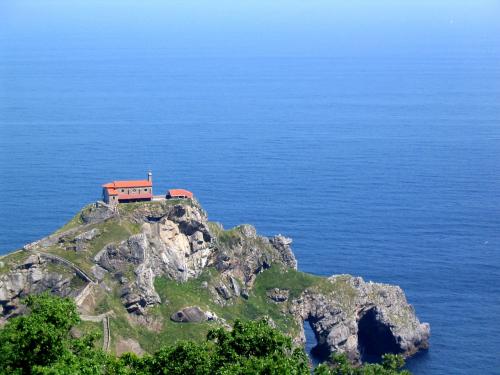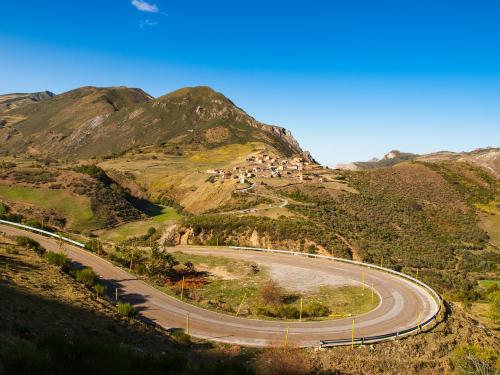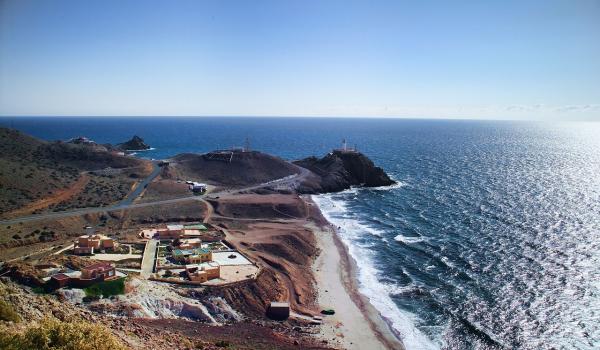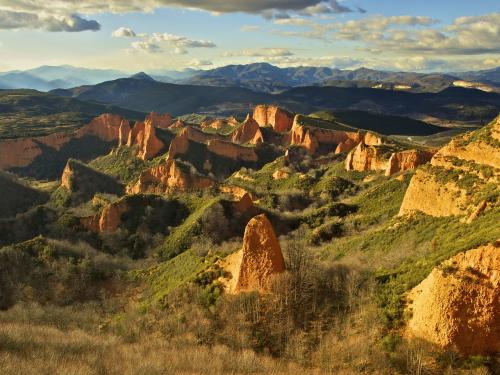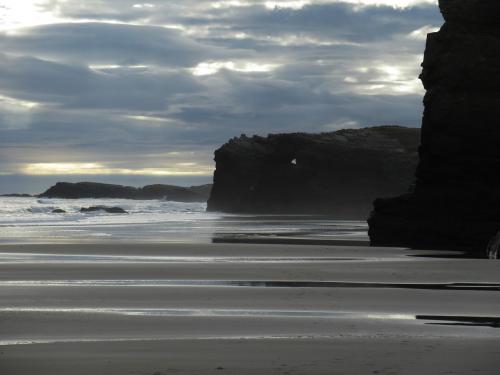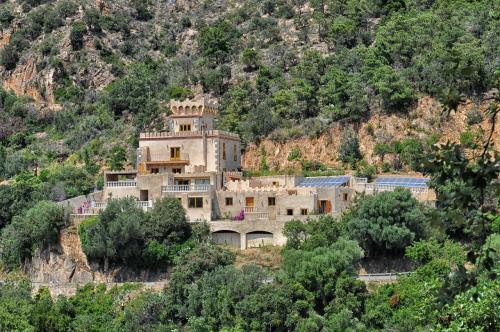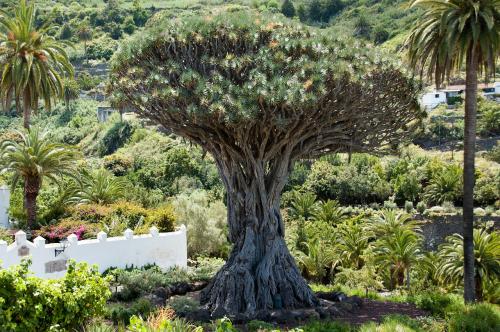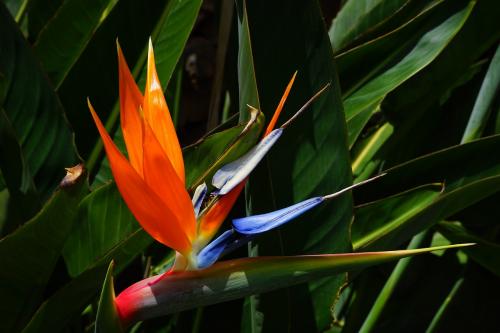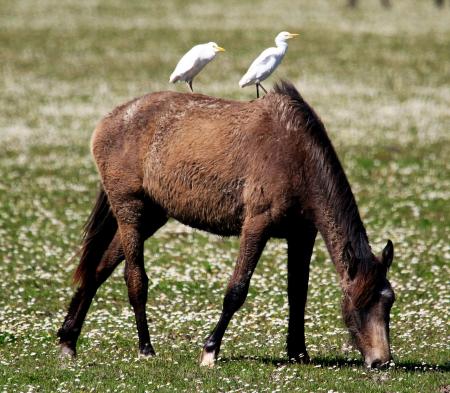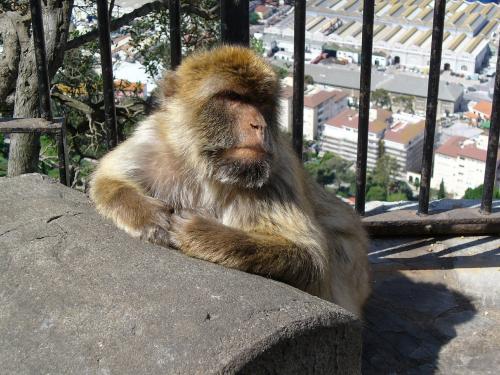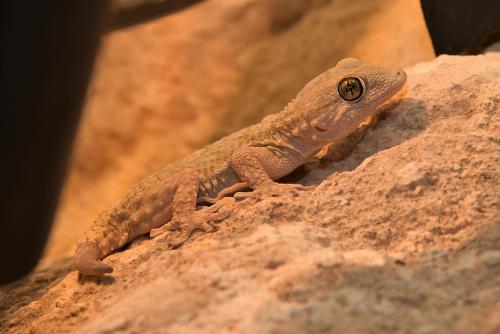Nature of Spain
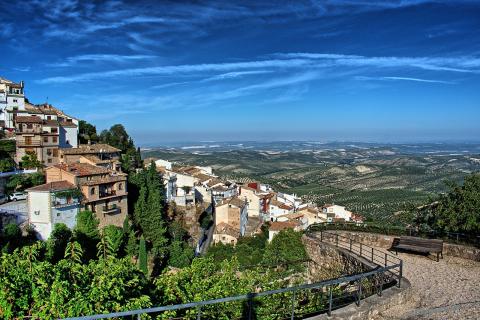
Spain is the country in south-western Europe and partially in Africa. It occupies most of the Iberian Peninsula. Around 90% of its territory is mountains or highlands. Spain is washed by the Atlantic Ocean and the Mediterranean Sea. Single significant plain region is the Baetic Depression in south of the country.
Spain is one of the warmest European countries with up to 285 sunny days per year. Average annual temperature of the Mediterranean coasts is 200С (680F). Only central and northern regions experience temperatures below freezing. Summers in southern half of Spain are occasionally as hot as 400С (1040F). Northern coasts are cooler with 250С (770С). In general there are several climatic zones in Spain with different temperature ranges and precipitation levels.
Places in Spain
Nature of Spain is about diversity. Variety of weather conditions and relief with favorable weather conditions are resulting great amount of natural sights. There are islands, parks and valleys of exceptional beauty.
Gaztelugatxe Islet
Small rocky island close to coast of the Bay of Biscay near Bermeo town is connected with mainland by broad esplanade bridge. On the highest point of the island there is the skete of John the Baptist that was built in X century A. D. In eastern part there are two natural rock arches. Gaztelugatxe with neighboring Aketze Island and surrounding part of the bay are forming unique biotope. This natural reserve inhabited by variety of seabirds.
Somiedo Natural Park
In the middle of the Cantabrian Mountains in southern part of Principality of Asturias there is the land of brown bears. The Somiedo Natural Park has great population of those mighty animals. Moreover, there are even several grizzly bears on slopes of the mountains. Oak and ash groves are populated by boars, deer and wolves. Bodies of water are swarming with 100 species of feathered folk, amphibians and nutrias.
Cabo de Gata
In Andalusia close to Almeria there is wonderful place called “cape of agates”. Rocks with color of rust and diamond algae with shallows are crowned with cape and a lighthouse on it. Place has dry climate with no winter and views of exceptional natural beauty.
Las Medulas mines
Deep in the forests of the Leon province there are ancient roman mines. Those are the greatest gold mines in the history of human kind. Around 2 000 tons of gold were produced here though 250 years. Results of activity of ancient romans, time and nature created magnificent area where orange rocks are pointing the sky out of the sea of green forest.
As Catedrais beach
Beach of Cathedrals got his name for reason. Over millions of years restless sea and persistent sculpted coast in the Lugo Province. Now there are plenty of grand cliffs up to 30 m (98 ft.) tall, caves, majestic arches and whole labyrinths that are exposed during low tide.
Flora of Spain
There are around 8000 of species of plants in Spain. Significant part of them is endemic. In former times most of the country was covered by forests. Nowadays most of woods are in northern part of the peninsula. They consist mainly of elm, oak, beech, chestnut, linden and ash trees. At higher altitudes there are pines and spruces. Above around 2000 m (6560 ft.) a. s. l. there are alpine meadows. Cantabrian and Galician Mountains have the most diverse flora in the country.
In southern and eastern regions there are plenty of African trees such as coconut, date, citrus and olive trees. Canary Islands have their own variety of plants. Significant part of Tenerife is being used for agricultural plantation. And air in local towns is freshened by numerous eucalypts. Also there are unique Canary Islands dragon tree and local species of laurel.
(Dragon tree)
Canary Islands pine is astonishing tree. It grows on volcanic soil and damage resistant. Even if 80% of its trunk will burn it’ll row anyway. Wood of this pine is durable and valuable construction material.
(Strelitzia Orchids)
Flowers of Canary Islands are famous too. For instance Strelizia Regina is known for its flowers that look like birds-of-paradise and stay fresh for long time. Many visitors take those flowers as souvenirs. In addition, there are plenty of cactuses.
Fauna of Spain
(Wild horse)
Fauna of northern part of Spain is typical for Europe. There are plenty of deer, roe deer and boars. Scale of population of deer even allows sport hunting. Among mountains of Cantabria and Leon some brown bears are wandering. Populations of foxes and wolves are small. There is a chance to meet Iberian Lynx somewhere around Guadalquivir. Mountains are populated by red deer and wild goats.
(Barbary Macaque monkey)
Single species of European monkeys (Barbary macaque) lives near Gibraltar. Also Spain has the widest variety of bird among all European countries. There 25 species of predatory birds, such as hawks, falcons, eagles and other. Water birds are diverse too. There are huge flocks of herons, storks, flamingos, geese and others.
(Reptile)
Dry and hot climate of Spain is favorable for reptiles. Snakes, lizards and even chameleons have comfortable conditions to live and spawn in the country. Water of the Atlantic Ocean is home for sardine, cod, herring and different shellfish. The Mediterranean Sea is mostly provides tuna, sprat, salmon and various crustaceans.
 Seasons of the Year
Seasons of the Year 